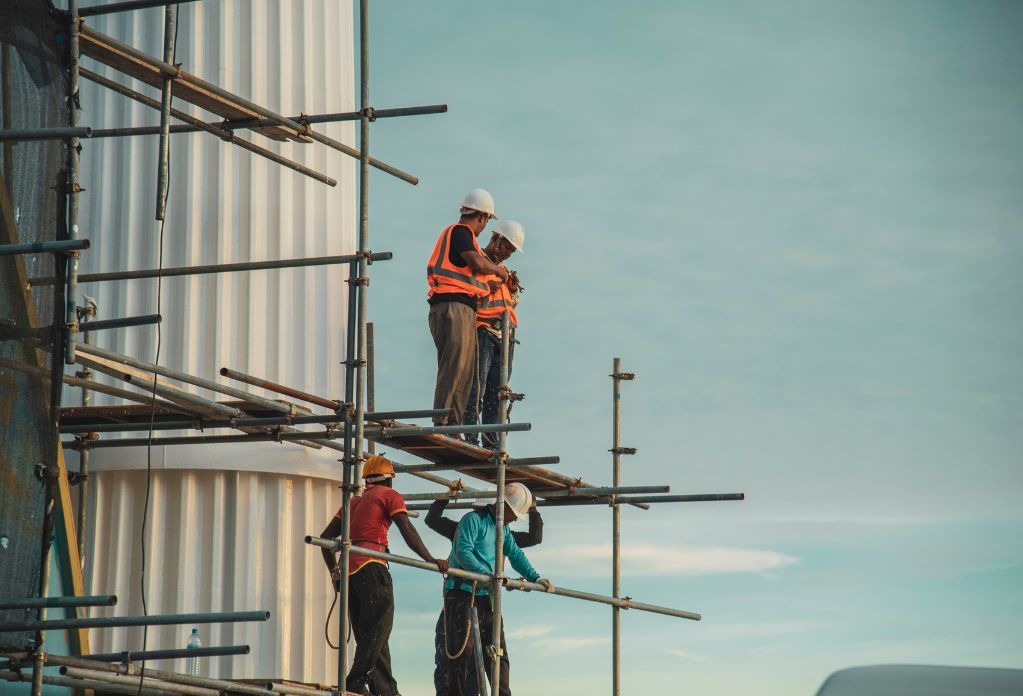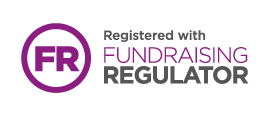
Modern slavery, encompassing forced labour, human trafficking, and other exploitative practices, remains a pervasive global issue impacting every sector, including construction. Construction companies have a crucial role to play in addressing this challenge.
Besides being a legal requirement for businesses with an annual turnover of over £36 million and operating in the UK, an annual modern slavery statement allows businesses to demonstrate their commitment to tackling this issue.
But how can a strengthened modern slavery statement support your efforts?
We analysed the statements of 100 randomly selected large construction companies across the UK against our benchmark. Read on to discover 10 common areas for improvement.
legal compliance
#1: Comply with modern slavery statement requirements
We’ve encountered various compliance issues, including publishing modern slavery policies instead of statements, outdated statements on websites, recycled statements, and statements that are difficult to find.
With new legislation set to hold businesses accountable for non-compliance, these practices can expose your business to significant financial or reputational risks.
To comply with the UK Modern Slavery Act, your statement should be:
- Published annually, clearly outlining the year covered.
- Accessible with a prominent link on your website homepage.
- Signed by a Director and approved by the Board.
leadership and governance
#2: Streamline modern slavery governance
While many modern slavery statements outline strong strategies on paper, ensuring effective implementation in practice is crucial. This requires clear lines of responsibility and accountability, something we often found lacking in the statements we reviewed.
Your modern slavery statement should:
- Clearly outline who within your organisation is responsible for handling modern slavery concerns. Consider using diagrams, like an organogram, to illustrate ownership and how different teams contribute to your strategy.
- Share details about your modern slavery working group, if applicable, including meeting frequency, key discussion points, and any standing agenda items. This demonstrates ongoing commitment and collaborative approach.

policies and procedures
#3: Establish clear grievance mechanisms
Enabling a safe, and accessible reporting environment is crucial for workers to feel empowered to raise concerns and seek confidential support when required. This fosters trust and strengthens your anti-slavery approach.
However, our review revealed a lack of information on companies’ grievance mechanisms, how these are communicated to workers, or whether anonymous whistleblowing channels exists. To enhance your statement, consider:
- Providing a detailed explanation of your grievance mechanisms and reporting channels.
- Outlining steps taken to ensure clear communication of these mechanisms to your entire workforce. This includes translating information into relevant languages and utilising various communication channels to reach all employees effectively.
Top tip: If your grievance policy suggests workers report any concerns to HR or senior leadership, consider implementing an external, confidential whistleblowing line. This ensures your workers feel safe to report concerns anonymously.
#4: Identify and address modern slavery cases
While outlining grievance procedures in modern slavery statements is crucial, failing to identify modern slavery cases in high-risk sectors like construction might raise questions.
Instead of assuming your company is low risk, it may highlight a need to assess:
- How workers are informed about your whistleblowing line.
- How your policies and processes are communicated to workers.
- Whether there is a disconnect between your policies and how they work in practice.
Finding potential cases isn’t necessarily an indicator of a flawed system. It can reflect effective risk identification, active due diligence, and most importantly, your commitment to actively tackling modern slavery.
The bottom line: If you aren’t identifying any cases, you aren’t looking hard enough.

due diligence
#5: Strengthen supplier due diligence processes
While many modern slavery statements outline supplier expectations and code of conduct requirements, demonstrating adherence to these requirements goes beyond signing documents.
Consider these crucial questions:
- How can you be sure suppliers read and adhere to your policies?
- What processes are in place to monitor and enforce adherence to your policies and Code of Conduct?
Conducting due diligence on due diligence processes is complex, requiring resources and expertise.
However, your modern slavery statement can be an effective tool to outline the strategies used to assess supplier commitment to ethical practices, and how this determines decision-making going forward.
#6: Enhance on-site worker engagement
Our review noted many companies not implementing on-site due diligence practices to reduce the risk of worker exploitation on site. This includes:
- Conducting a two-step verification of worker bank details.
- Requiring proof of contracts and pay rates.
- Requiring sub-contractors to use PAYE workers.
- Conducting payslip spot-checks.
It is crucial that companies are aware of the key areas on site. Companies lacking on-site worker due diligence processes or robust worker engagement strategies should consider valuable risk mitigation strategies.
For practical recommendation to improve to enhance worker engagement and reduce modern slavery risk, visit here.
managing risk and third-party supplier engagement
#7: Expand supply chain scrutiny
Modern slavery can occur anywhere, making all companies susceptible. Sourcing from well-known or UK-based suppliers doesn’t reduce risk.
Upcoming legislation will require deeper supply chain scrutiny beyond direct suppliers and UK-based entities, extending to lower tiers. Relying on the fact your tier 1 suppliers are UK-based won’t be enough.
To demonstrate compliance and understanding of modern slavery risk in your organisation and supply chain, your modern slavery statement should:
- Outline any modern slavery risk assessments undertaken across your business and suppliers.
- Highlight identified risks and actions taken to address them.

#8: Rethink “zero-tolerance” terminations
While modern slavery statements often express a “zero-tolerance” stance against modern slavery, relying on contract termination in response to potential cases, this approach can backfire.
It can both increase risk to potential victims and further obscure your supply chain visibility, achieving the exact opposite of its aim. If contract termination is guaranteed for reporting a potential case, why would a supplier report it?
Building strong supplier relationships and fostering supply chain transparency are key to effective risk management. Your onboarding documents and supplier code of conduct should:
- Outline supplier responsibility for identifying and reporting potential modern slavery cases.
- Demonstrate your commitment to supporting suppliers in mitigating and remediating identified cases.
For large organisations, consider sharing resources with small businesses to strengthen their capacity.
training and awareness
#9: Enhance modern slavery training details
Modern slavery training is one of the best ways to raise awareness and help build modern slavery considerations into business practices. Yet, while many statements mentioned staff training, details were often lacking.
Show the following in your statement:
- Mandatory modern slavery training.
- Role-specific training.
- Number of people trained and frequency of refresher training.
- Any collaborative training with NGOs or consultants.

key performance indicators
#10: Set measurable KPIs for greater impact
Large companies have the power to drive positive change in the construction industry. Setting clear and measurable modern slavery KPIs for the coming year demonstrates your commitment to addressing the issue.
However, many companies often miss this opportunity. This included setting weak goals focused solely on compliance (eg ‘we will publish a modern slavery statement annually’) or withholding KPIs entirely, limiting accountability.
Strengthen your modern slavery statement by setting strong KPIs:
- Quantify progress: use measurable data points to track progress like training completion rates or supplier audits completions.
- Demonstrate accountability: include KPIs for public transparency.
How we can help
As experts in the field, we can support you to embed modern slavery considerations into your business practices and create an effective modern slavery approach that reflects your commitment.
To explore how Unseen can support your business, contact us at [email protected] for a free consultation.


